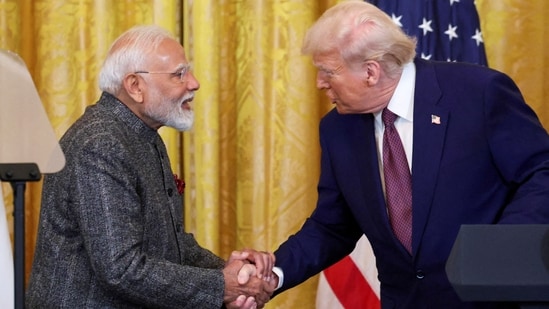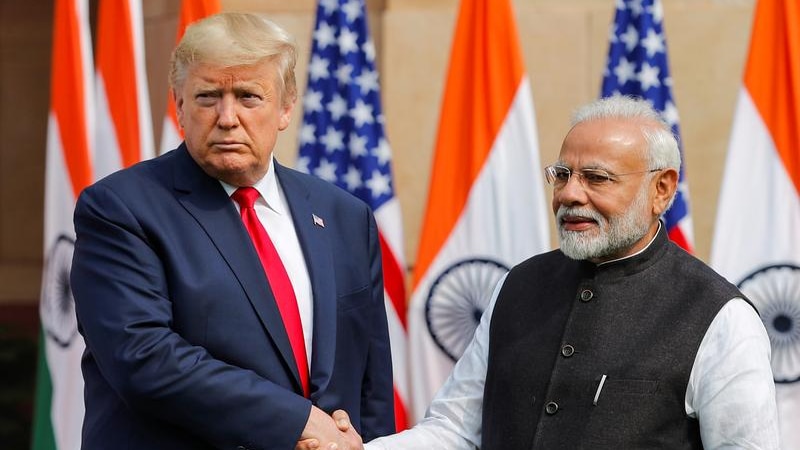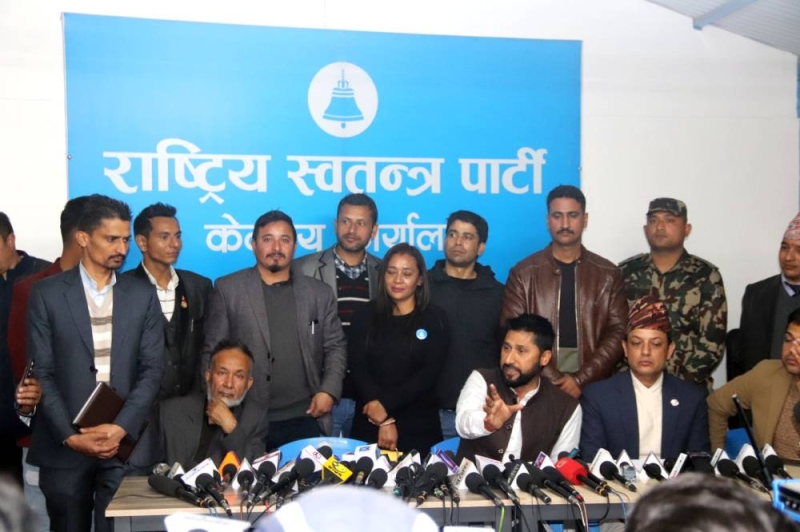PTI, NEW YORK/WASHINGTON/ NEW DELHI, AUG 27, 2025 : The additional 25 per cent tariff imposed by US President Donald Trump on India for its purchases of Russian oil came into effect Wednesday, bringing the total amount of levies imposed on New Delhi to 50 percent.
The Department of Homeland Security (DHS), in a draft order published on Monday, said the increased levies would hit Indian products that are “entered for consumption, or withdrawn from warehouse for consumption, on or after 12:01 am Eastern Daylight Time on August 27, 2025.” Trump had announced reciprocal tariffs of 25 per cent on India that came into effect on August 7, when tariffs on about 70 other nations also kicked in.
On August 7, the US President announced doubling tariffs on Indian goods to 50 per cent for India’s purchases of Russian crude oil, but gave a 21-day window to negotiate an agreement. On Monday, Prime Minister Narendra Modi asserted he can’t compromise on the interests of farmers, cattle-rearers, and small-scale industries, cautioning: “Pressure on us may increase, but we will bear it.”
“Products of India, except those set forth in section 3 of Executive Order 14329, that are entered for consumption, or withdrawn from warehouse for consumption, on or after 12:01 a.m. Eastern Daylight Time on August 27, 2025, will be subject to the additional ad valorem rate of duty,” the DHS order read.
However, Indian products will be exempt from the new 50 percent tariff if they were “already loaded on a ship and in transit to the US before 12:01 am (EDT) on August 27, 2025, provided they are cleared for use in the country or taken out of a warehouse for consumption before 12:01 am (EDT) on September 17, 2025, and the importer certifies this to US Customs by declaring the special code HTSUS 9903.01.85”.
Commenting on the additional tariffs on India, Mark Linscott, Senior Advisor with Washington DC-based business consulting and advisory firm The Asia Group, said that “unfortunately”, the US and India have managed to convert what appeared to be a true and unprecedented win-win on trade into a “remarkable lose-lose”.
“For the moment, the trade talks on reciprocal tariffs are on thin ice while the two sides stew over how to reach an understanding on Russian oil purchases. Hopefully, cooler heads who understand the value of the relationship will prevail in finding the path forward,” Linscott said.
Partner at The Asia Group, Nisha Biswal, said the 50 per cent tariffs on India — now the highest of any US trading partner — will be hugely disruptive, pricing Indian textiles and garments out of the US market. “US businesses have also lost the unprecedentedly low tariff rates that USTR (United States Trade Representative) had previously negotiated. The move also casts doubt on the China+1 strategy, creating uncertainty for companies that had shifted production to India,” she said.
Taking a swipe at the Modi government after the additional tariffs imposed by the US on India came into effect, Congress president Mallikarjun Kharge termed them a result of its “superficial” foreign policy that would result in “huge job losses”.
“Narendra Modi ji, your dear friend ‘Abki Baar, Trump Sarkar’ has imposed 50 per cent tariffs on India starting today. We will lose an estimated Rs 2.17 lakh crore as the first jolt to this tariff, across 10 sectors alone,” Kharge said in a post on X.
Noting that “our farmers, especially cotton farmers, have been badly hit”, Kharge said: “You had said you are ready to pay any ‘personal price’ to protect them, but you have done absolutely nothing to soften the blow and protect their livelihoods.”
The Congress chief said the Global Trade Research Initiative (GTRI) suggests that almost 1 per cent of India’s GDP could be impacted, and that China would benefit from it.
“Several export-oriented important sectors, including MSMEs, will experience massive job losses. A snapshot — which is just a tip of the iceberg — reveals the Indian textile export sector is facing potential job losses of about 500,000, including both direct and indirect employment. In the gems and jewellery sector, 150,000 to 200,000 jobs could be at risk if the tariffs continue,” the Leader of Opposition in Rajya Sabha said.








